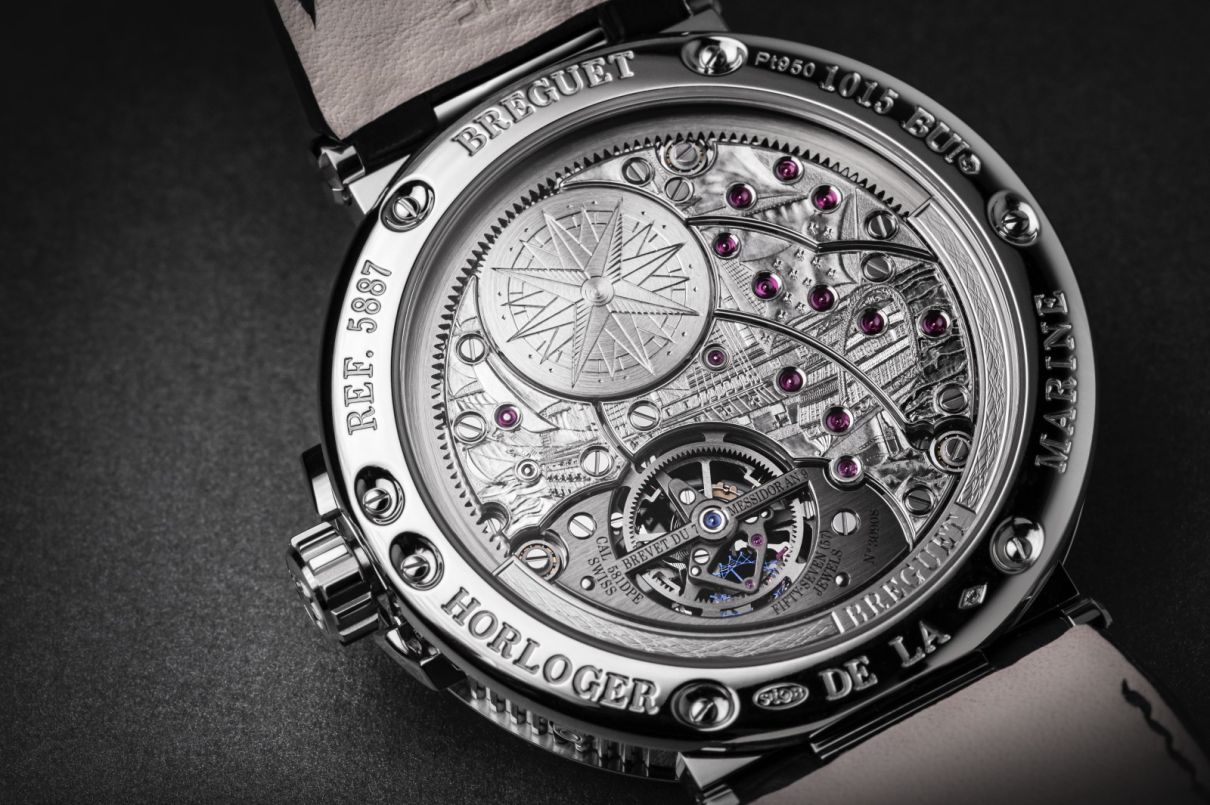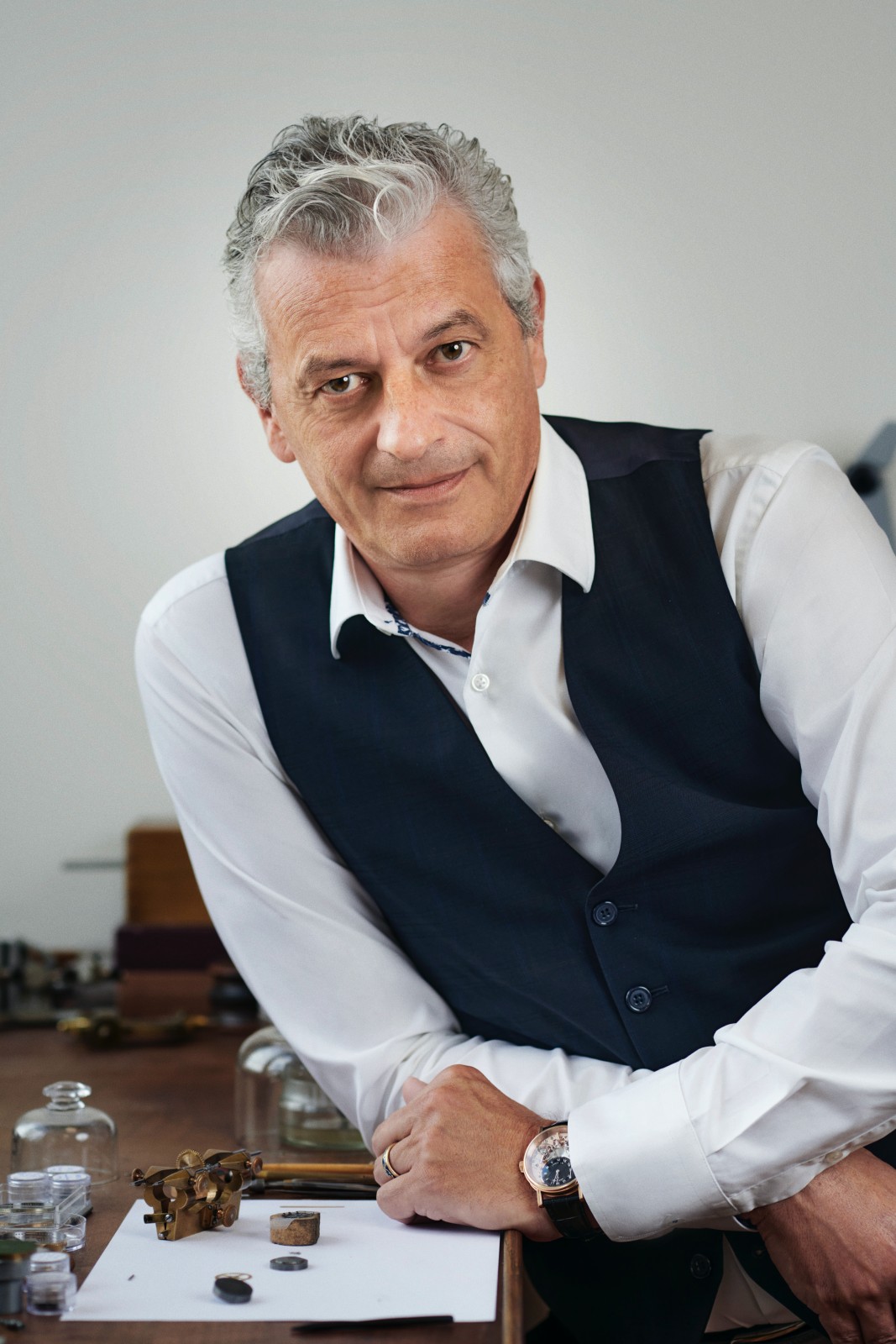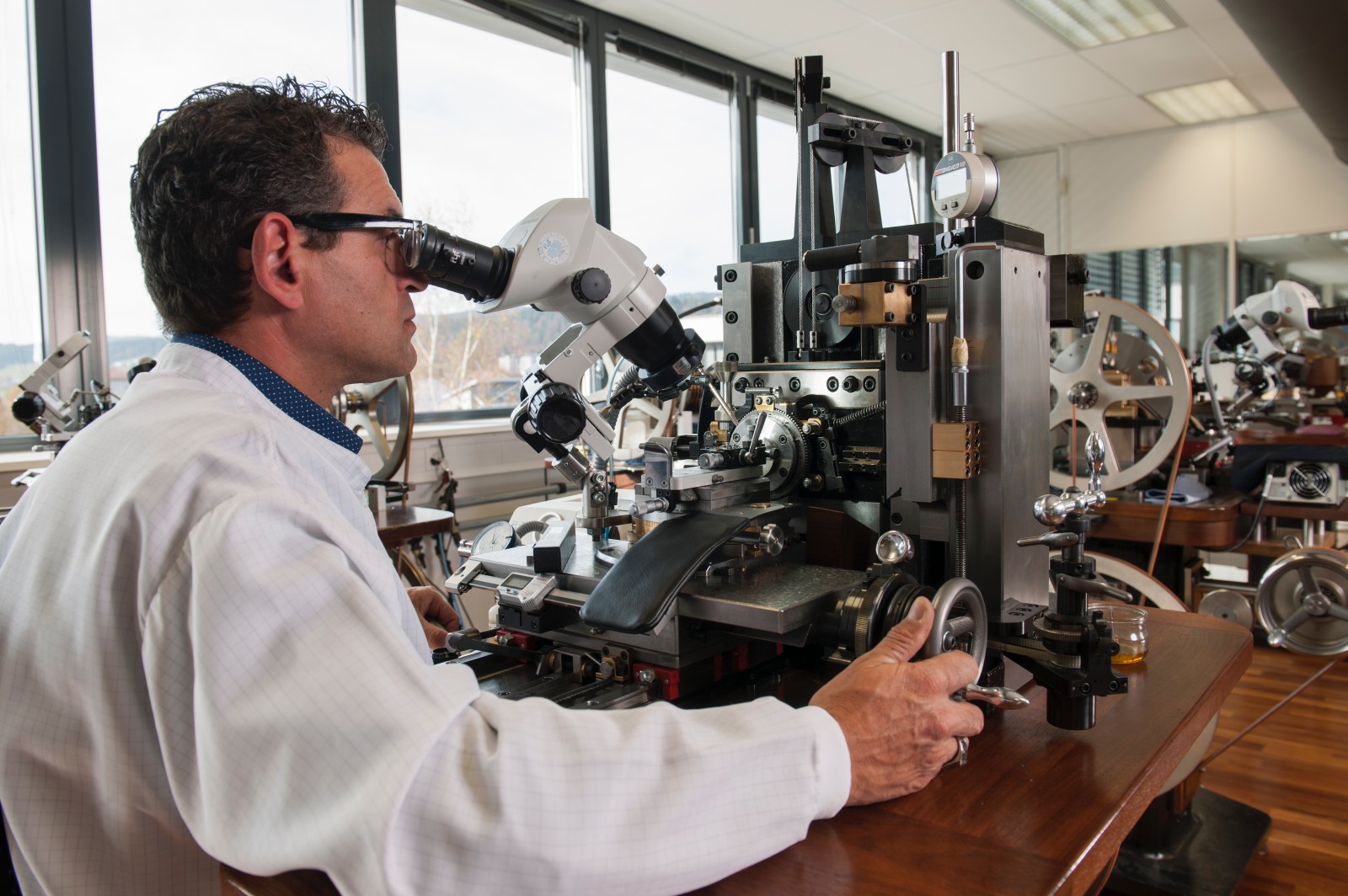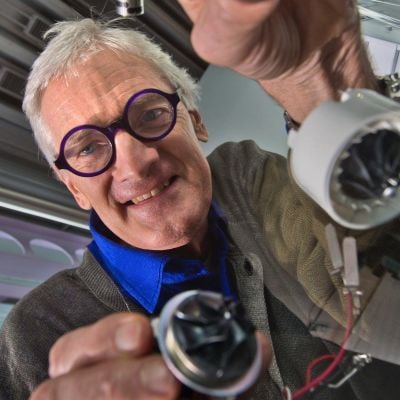Hands of Time

In conversation with Lionel a Marca, CEO of watch manufacturer Breguet.
How has Lionel a Marca’s first 18 months as chief executive of one of the world’s most historic watchmakers been? “Complicated,” he laughs, a suitable answer for the brand that marked the invention of the greatest watchmaking complication in history: The Tourbillon, a mechanism that aims to compensate the effect of the gravity on the watch.
Lionel a Marca comes from a background of watchmaking, as well as 30 years spent at The Swatch Group. Born in the watchmaking cradle of Porrentruy, Switzerland, after graduating from watchmaking school and a few years of experience, he joined The Swatch Group, more precisely Frédéric Piguet in 1992. He was initially tuning movements before moving on to managing teams. Lionel a Marca spent over 20 years at luxury diving watchmaker Blancpain in charge of product and operations.
He speaks to Billionaire about his experiences as CEO of Breguet in Frieze London, where he came to celebrate Breguet’s global partnership with Frieze Art Fair.

How has your first 18 months in the job been?
It has been complicated, in a good way; enriching. Breguet has an extraordinary history as a manufacturer. At Breguet, the team is involved in fundamental research and development into precision watch making. Taking into account that Breguet was a genius who invented many complications; our task is to adapt those inventions to the modern day and build tomorrow’s watchmaking.
What are the main challenges at Breguet?
It’s a little early to predict what mark I am going to leave on Breguet, but what I can say is there is room for improvement in certain areas and my responsibility is to continue developing the brand. Within our brand, there are many projects in development. My role is to be the conductor of the brand in order to harmonize everything. I have to synchronize the start of projects in accordance with the strategic launch dates of each on the market. Not just doing research and development in a silo; rather, marrying the commercial side with the development side from the start. Teamwork is the key; various departments have been working too much in a siloed fashion, people were afraid to ask questions outside of their departments, but those questions are exactly what allows you to move forward and progress. I would like teams to have better communication across the company. The fact that I am a watchmaker by training and, at heart, means I can contribute usefully about the watches and their design and aesthetics to the various departments.
Can you talk about your products at Breguet?
We have six fantastic collections at Breguet: Tradition, Classique, Marine, Reine de Naples, Héritage and Type XX. We are not looking to launch a new collection, although we will launch new models within the collections. Each collection has to tell its own story; the history is extremely rich, and that is what I am going to draw on. The late Nicolas G. Hayek (founder of The Swatch Group] used to say to me, “there are three things that are important in watchmaking: the product, the product, and the product”. When I go to the different teams, we talk about the products and how to improve them.

Which collection most reflects the founder’s vision?
As a watchmaker, I believe it is the Classique: Breguet hands, off-centred dials, guillochage: this collection reflects the unique signatures of the House. I also love the Tradition collection, being able to see the movement and mechanism. I am currently wearing a titanium watch from the Marine collection: a more sporty, light timepiece perfect for everyday wear, which is taking more and more prominence within our collections.
Why does your clientele buy Breguet?
We have gained a following of young clients in Asia recently who are very interested in our history. For example, those I met in Tokyo, Seoul and Singapore recently were asking who Abraham-Louis Breguet was, what did he do and what did he discover, making the connection between the watch on their wrist and the man who changed the course of horology. For the last four to five years our biggest market has been China, while Korea shows the strongest growth, then Japan, the US and Europe, and we’re hopeful for more growth in the UK. King George V used to wear a Breguet; some very important watches created by Abraham-Louis Breguet are still owned by the Royal Family.








